Miniature or diminutive breeds of farm animals have been around for ages. However, it hasn’t been until the last decade or so there’s been a new-found popularity, with more people interested in small-scale or hobby farming.
Sometimes big blessings come in small packages. Miniature farm animals are excellent for families interested in an introduction to the different types. Some small breeds are easier to care for than their standard or full-size cousins.
Diminutive breeds mature at one-half or a third the size of standard breeds. They’re typically family and kid-friendly, and some require less maintenance and care than full-size farm animals. Not to mention they’re incredibly adorable.
Raising Miniature Farm Animals
Homesteading isn’t always about the “go big or go home” attitude. Sometimes the best approach toward more self-reliance is to stay simple, and worry about producing what you will use immediately with a little time saved for another space or purpose. Maybe you’ve got plenty of land but don’t want the hassle of trying to handle and care for standard-sized animals. Have you ever stood next to some standard breeds of cows and horses? They’re huge!
Aside from miniature farm animals being adorable, what makes people choose the breeds they do? Let’s talk about it.
Why Are Miniature Farm Animals a Good Choice?
Small or miniature farm animals will need less pasture to graze, fenced space, feed, and grain, and they create less waste. I think if more people had the room, they would farm to some degree.
Buying a large piece of property or a ranch, and full-size cattle, goats, pigs (or other farm animals) costs a nice chunk of money. Miniature breeds are perfect for a homestead on a few acres, but that doesn’t mean the initial investment is any lower.
For example, a few years back, a standard dairy cow cost from $1,450 to $2,100, while miniature cattle ranged from $1,800 to $3,500. While the initial investment might be a little higher, miniatures eat about a third to a half less than standard breeds.
How Big Do Miniature Farm Animals Get?
Let’s stick with a miniature bovine. Many miniature cows weigh less than 600 pounds, standing less than 3.5 feet tall at the hip. The average weight for standard dairy cow breeds averages around 1,500 pounds.
That said, while diminutive farm animals are quite a bit smaller than standard, they’re still packing some weight.
8 Miniature Farm Animals for Smaller Homesteads
Without further ado, let me introduce the cutest little farm animals there ever were.
Mini Cows
These mini farm animals are separated into three categories based on the animal’s height at the hip.
- Midsized mini: 42 to 48 inches
- Standard mini: 36 to 42 inches
- Micro mini: 36 inches and under
It’s said that miniature cow temperaments range from shy and reserved to attention-seeking cuddle bugs.
Miniature dairy cows can produce from 2 to 4 gallons of fresh milk daily. All that dairy available on hand for cheeses, butter, yogurt, and cream would be delightful for a dairy lover like me.
Miniature cows need a pasture to roam for eating grass, and both sun and shade. A barn or shelter for the animal is essential. Altogether, one miniature dairy cow needs at least half an acre of space.
Your mini-mooer will consume around 25 pounds of hay and grass, a couple pounds of grains, and about 6 gallons of water daily when they’re milking. That’s quite a bit less than a standard breed.
However, large or small, cows require an equal amount of work and care from us.
Mini Oxen
Oxen or bullocks are male bovines or cattle trained as draft animals. Ox is in the same category as transporters and service animals. They’re work animals, whether miniature or standard form.
Mini ox might be small, but they’re still mighty even if the carts they pull are smaller. Oxen work well in pairs, and depending on the tasks, teams of more than 10 have been used.
Miniature Jersey, Hereford, Dexter, Lowline, and Zebus are popular breeds. The largest mini oxen are Herefords and Dexters, weighing in at around 1,000 pounds, with mini Zebus weighing between two and five hundred pounds.
Bovines or cattle are highly intelligent and can learn a variety of tasks. They’re perfect for 4-H programs, farm shows, parades, fairs, and more.
If you’re interested in the work-horse aspect of this cow, a small team of them can be used around the homestead to haul things like firewood, manure, compost, hay, etc. They can also plow small plots of land for gardens.
Bantam Chickens
As if chickens aren’t already small, especially in comparison with cattle (and if you’ve never seen bantam chickens, you should do so). They’re petite little things; some hens weigh less than one pound.
If you think of a standard chicken breed, there is likely a bantam equivalent. But true bantams, like Seabrights and Dutch, have no corresponding standard.
Bantam hens aren’t going to produce an average, standard-sized egg. In fact, a bantam’s eggs are half the size of an average small chicken egg. Don’t cancel them out because they’re small. They have better access to grubs and other pesky insects you don’t want around the homestead, including spiders. Not to mention, bantams are brave chickens of small stature.
That said, bantams are prey for weasels, snakes, hawks, dogs, and other predators. Keep them safe.
Smaller birds require smaller hen houses, nesting boxes, and roost spaces. That’s less material for DIYers and less investment overall. One adult bantam hen consumes 1 to 2 cups of grains daily. That’s not including fresh produce, tasty insects, and crawling spiders.
Bantam chickens aren’t really for sustainability (by means of food), but they are possible forms of bartering, trade, and sales. Bantam varieties make excellent show birds and incredible pets. The free pest control is worth having a few bantams running around, and their entertaining attitudes and behaviors are added bonuses.
Miniature Sheep
As if sheep aren’t cute enough.
Miniature sheep are qualified as minis when they are between 19 and 24 inches in height. If they’re below 19 inches, they’re considered “toy” sheep.
I’ve seen mini sheep that look like oversized stuffed animals. Depending on why someone raises sheep, the Babydoll Southdown and Cheviot breeds are fairly easy to manage. They also produce milk, fleece, lambs, and meat.
Keep in mind that the smaller the breeds, the more vulnerable they are to predator attacks. Mini sheep owners say that they’re affordable and friendly, in addition to providing the above resources.
Remember, being smaller than standard breeds doesn’t mean there’s less work and care is required. However, they tend to be slightly more manageable.
Miniature Horses
It took centuries of selective breeding to produce miniature equine breeds. Miniature horses stand close to 3 feet high and weigh between 150 and 250 pounds.
Mini equines are intelligent and can learn tasks easily. Many are bred to be friendly and docile. While miniature horses can haul small carts and be used as pack animals, they can only carry up to 70 pounds. Fairs, carnivals, and some zoos offer small children rides on miniature horses.
I often hear people refer to miniature horses as overgrown puppies. Many people get one expecting that to be true when it is not. Miniature horses are equine, and while they might show some similar dog behaviors, they are much different to care for.
Miniature Goats
Need I say more? I’m a natural goat lover, and the fact there are small goat breeds that stay small is exciting to me. Farmers can get milk for dairy and skin care products, have the weeds trimmed for free, and enjoy wild entertainment with these critters.
Miniature Donkeys
Donkeys can be used for labor like oxen. Also, their territorial nature comes with a built-in alarm system for farmers and other animals. They’re incredibly noisy, and stubborn. They will challenge predators and fight donkey-style without hesitation, making them excellent livestock guardians.
Miniature Pigs
Yes, there are smaller pig breeds. However, there is no such thing as teacup pigs. All pigs, including miniatures, are on the larger side of life. Any breed of pig weighing less than 350 pounds fall in the miniature category.
Miniature animal or livestock breeds can make homesteading on a few acres more sustainable. While these animals are cute and seem like pets, they need adequate space to exercise, live, eat, and sleep. My list may be at an end, but the choices are extensive for those who want to add miniature farm animals to their smaller homestead. Always do your research before you add new animals. It cuts out the guesswork and makes things run more smoothly.



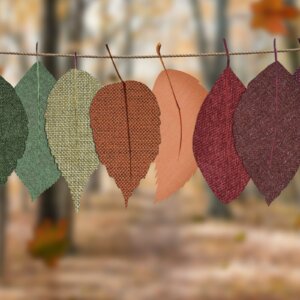
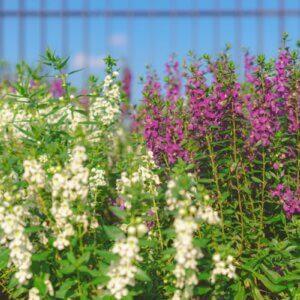
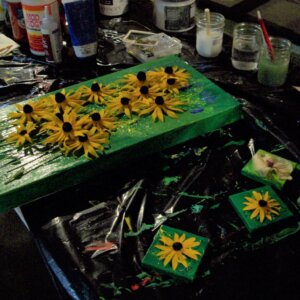

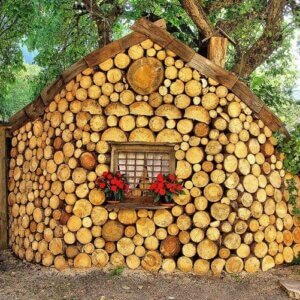
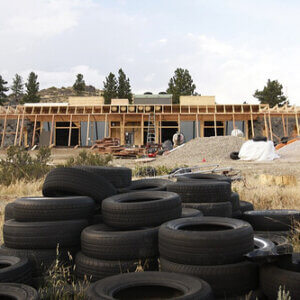

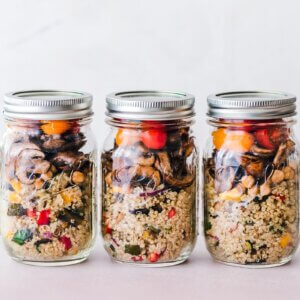

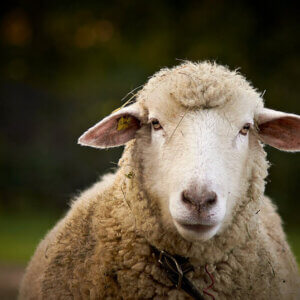


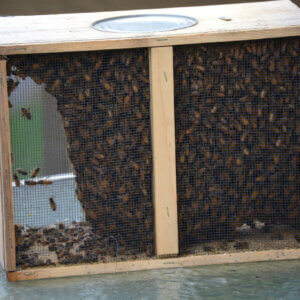
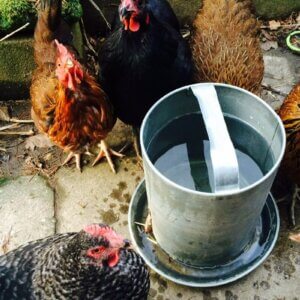

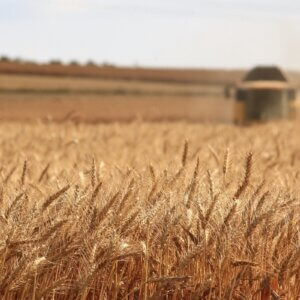

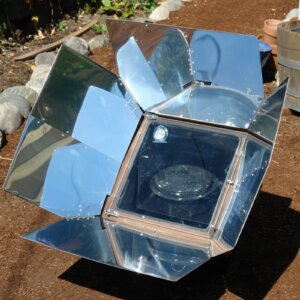

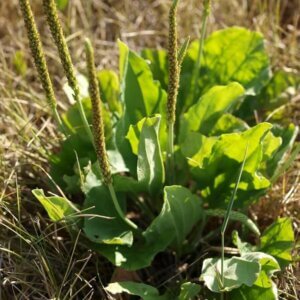
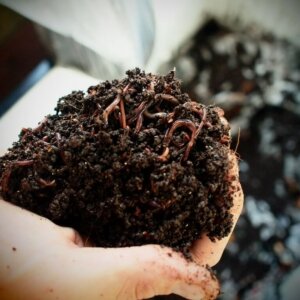


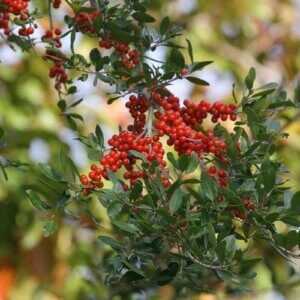
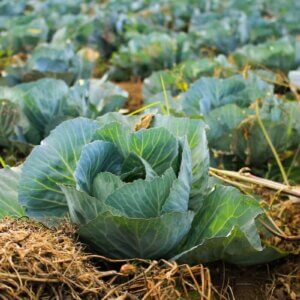
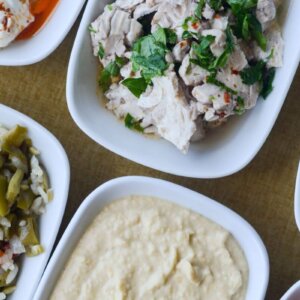

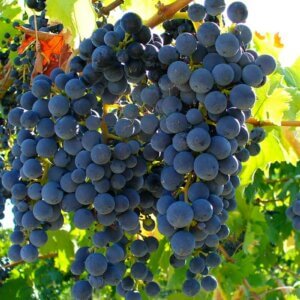
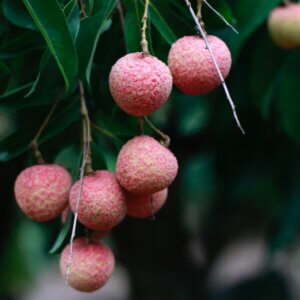


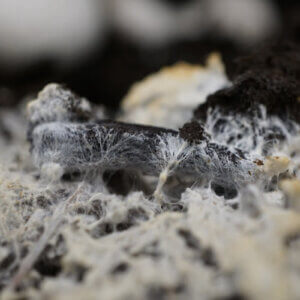
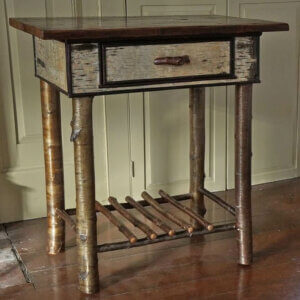

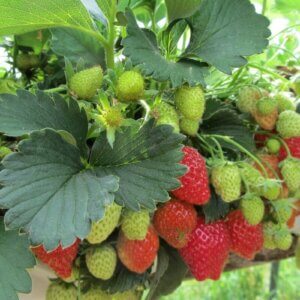
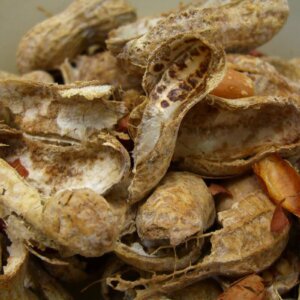


Leave a Reply